Caroline Darke is sitting on top of a hill in remote Perthshire, gazing down on a glassy loch.
“I’ve missed this,” says the 46-year-old, her eyes filling with tears.
“I don’t get to see this much. That’s what I miss most about being in a [wheel] chair – being in the hills, getting a view. So this is pretty epic.”
Caroline’s lower body was paralysed after she contracted a virus in her spine in 2000.
The mum-of-one recalls feeling “weird electric shock type sensations” in her legs.
“I sat down and I haven’t stood up since,” she laments.
PhD student Caroline is among three disabled adventurers starring in a ground-breaking documentary filmed by Blairgowrie-based Stefan Morrocco, of Morrocco Media.
Off-road adventure
The film sees the trio strapping themselves into off-road hand-cycles and heading deep into the Perthshire wilderness.
Setting off from Kinloch Rannoch, they cycle a gruelling 15km across rough, rutted, steep, tricky terrain – including river and burn crossings.
Such a feat would not be possible for regular wheelchair users, but the three get there using state-of-the-art electric-assisted adaptive bikes.
The icing on the cake is reaching an isolated bothy near Loch Garry, deep in the heart of Highland Perthshire.
Friends Neil Russell, a disabled cyclist from Callander, and Rosie Baxendine, a care worker and bike-packing guide from Blairgowrie, produced the film and featured in it.
What is adventure and who is it for?
Their ambition, says Rosie, 43, was to make a film that would challenge the perspective on what adventure is and who it is for.
“It shows what can be achieved by people with disabilities in relation to having adventures, getting to places they normally couldn’t go, and how off-road handcycles can help them find freedom like never before,” she says.
“The film, which we’ve called Three Wheel Drive, is ultimately about a group of friends on a bothy trip in the Highlands.
“It explores the highs, lows, humour and frustration that such a challenge creates.”
The team is made up of three riders with disabilities (Neil, Caroline and John Leather from Yorkshire) and two non-disabled riders – Rosie, and Earle Wilson, who was on hand to assist in case of any medical emergencies.
Neil, 39, was born with spina bifida and has a below-knee amputation.
He’s the founder and CEO of the Adaptive Riders Collective (ARC), a charity based in Callander that’s developing adaptive cycling opportunities in Scotland, focusing on wheelchair users.
“Having the opportunity to share what I love with other people with disabilities was genuinely life-changing for me,” says Neil.
“It really confirmed to me that adventures like these, with the right people and planning, can become a reality for so many more.
“There truly is scope to continue to make the outdoors a more inclusive place.”
Some poignant moments
The film follows the riders as they experience a range of emotions – and there are a fair few poignant moments.
And the documentary doesn’t shy away from the grim and, in Neil’s words, “taboo”, realities such as toilet trips and physical discomfort.
A river crossing proved nerve-racking – water levels were higher than anticipated thanks to heavy rainfall.
But with a bit of teamwork, and a push from Rosie and Earle, everyone was able to make it across safely.
The most challenging part was the overnight stay in the private bothy, the name and exact location of which Neil is keen to keep a secret.
It was difficult getting the wheelchairs in and out of the basic stone structure, visits to the loo were awkward, and the creeping cold meant sleep didn’t come easily.
However, everyone was able to have a joke about it the next morning.
“I woke up having a staring fest with a mouse!” laughs Neil. “I don’t know who was more scared, him or me. He scuttled off eventually.”
Glasgow-based Caroline, who is doing a PhD in sociology focusing on the changing face of Paralympic representation, admits the “bathroom situation” would put most people off.
“It would’ve been a major challenge if we hadn’t had some sort of set-up (they had a portable ramp and support from a 4×4 which transported the trio’s wheelchairs and medical equipment), but it’s do-able,” she says.
Freedom and isolation
Caroline loved the “freedom and isolation” of being off-road and out in the hills.
“It’s a truly magical thing and something I think most people take for granted,” she muses.
“While access in most cities has improved over the years, it’s still really difficult for disabled people to get close to nature.
“This is the gift that ARC offers and it’s a very special one indeed.”
Caroline, Neil and John all agreed that they didn’t feel the bothy trip had been for “disabled” folk.
Rather, they felt they were out mountain biking with friends who were, in Neil’s words, “just a little closer to the ground”.
“It just felt so natural,” he smiles. “We were charging down hills at some speed in places – as if we were just out with fellow mountain bikers.”
Paralysed from the waist down
John 55, a former factory supervisor from Yorkshire, was over-the-moon to be back in the hills and staying in a bothy.
His life changed in 2019 when he was hit by a driver and knocked from his bike.
He suffered a T6 spinal cord injury, and was paralysed from the waist down.
John had been hugely active before his accident, cycling, taking part in triathlons and hillwalking in the Lake District and beyond.
“I had the whole world to explore, but that world’s become a lot smaller,” he reflects.
“I’ve got to think and plan ahead about everything I do. I can’t just grab a rucksack and spontaneously go like I used to.”
John, who describes the bothy experience as “amazing”, says it allowed him to try things he never imagined possible after his life-changing accident.
“The development of the technology of electric-assist bikes has allowed me as a disabled person to cycle again, off-road, and get into the mountains.
“I initially felt out of my comfort zone being away from my safety net of friends and family and having to put my trust in other people.
“But soon I was feeling free in the great outdoors, cycling in beautiful countryside and actually forgetting for a short time that I am disabled.
“We experienced a level of freedom on the bothy trip that disabled people very seldom get to experience.”
Sense of humour pervades
Neil, whose sense of humour runs throughout the film – “the worst thing about the trip was putting my foot in a massive, squidgy green cowpat” – says he felt honoured to share the adventure with Caroline and John.
“They got so much from it and it was fantastic to see the look on their faces as we got up into the hills,” he reflects.
“I felt a huge sense of gratitude to all involved, as well as a huge sense of achievement.
“To have been able to plan this adventure with Rosie and make it not just a success but a really enjoyable and memorable experience which has set John and Caroline on their own path to future adventures, is such a great feeling.
I woke up having a staring fest with a mouse! I don’t know who was more scared, him or me.”
NEIL RUSSELL
“The film shows just how empowering and emotional a journey to more remote locations can be for those who have lost the ability to access these types of environments or for those who have never had the opportunity at all.
“It’s often said that people’s mobile phones are their window to the rest of the world, and this is even more pertinent to people with disabilities where access to natural environments is often impossible.
“Through our adventure, and the film itself, we wanted to show people with disabilities and society as a whole that adventures can be achieved by everyday people, including those where there are additional challenges of access and inclusion.
Cycle your own Everest
“We want to show that it IS possible. You can start small, grow your adventure and cycle YOUR Everest.
“If we can get into the Highlands, cycle through rough terrain and rivers, and stay overnight in a bothy, then getting into your local supermarket that has a step is nothing in comparison.”
Bosom buddies Neil and Rosie have had many amazing adventures together over the years – from bothy expeditions to long days out in the wild.
“We were really keen to share this and show what was possible in an honest and open way,” says Rosie.
“Neil has the lived experience of adventures with disabilities so was best placed to share those experiences to allow others to see what is possible.
“However, occasionally a rider may need assistance such as traction over an obstacle and this is where I – or other more able participants – come in!
Logistics
“I also organised the logistics for the film – route planning and liaising with landowners for access – but again was led by the riders with disabilities as to what we would need to take for their comfort and medical needs.
“We worked together as a team to plan an adventure that overcomes each person’s physical differences to create an experience that could be shared equally.
“For some, a night away in the wilds comes easily, for others it is a leap of faith and test of spirit and determination.
“The film looks at the challenges Neil, Caroline and John face, not only on the bothy trip but in their everyday lives living with disabilities.”
Bothy trip offered freedom for disabled cyclists
Neil and Rosie hope the film will inspire others – both disabled and non-disabled – to undertake their own personal adventures.
“We want more people to believe that adventure is possible for them – not just for the media representation of the generic outdoor adventurer,” elaborates Rosie.
“Bothies – simple stone buildings left open for weary travellers – are not designed with disability in mind, like much of society.
“We show how working together to overcome access issues and challenges in a tougher environment leads to strengthening people’s problem-solving abilities through the rest of their lives.”
Adaptive bikes don’t come cheap
While the film has an uplifting, inspiring message, there will be those who question the logistics and financial viability of it all.
The e-assist bikes featured don’t come cheap – we’re talking around £20,000 – and not everyone has access to a support vehicle and the guarantee of unlocked gates.
But what the film does is flag these barriers, and look for ways round them, whether borrowing kit, heading out on group rides on hired bikes, or going ahead and making a big investment.
As Caroline says, she’d love to be able to look up a cycle route and be sure it’s do-able.
“It’s knowing you’re not going to get stuck because there’s a gate you can’t open, a stile, or some impassable feature,” she reflects.
“It’s about pushing your boundaries and your comfort zone. But ultimately, it’s so liberating to be able to join such an adventure and feel so free.”
- The film, made by Stefan Morrocco of Morrocco Media, will screen in film festivals across Scotland throughout 2024, with the next showing at the Edinburgh Festival of Cycling on June 1. It will be online in 2025.
- It will be used by Adaptive Riders Collective (ARC) to encourage disabled people to try adaptive cycling.
- ARC travels across Scotland enabling people to try different types of adaptive equipment and leads rides into the wilderness that wheelchair users would never normally have the opportunity to experience. These experiences are offered free or at a subsidised cost.
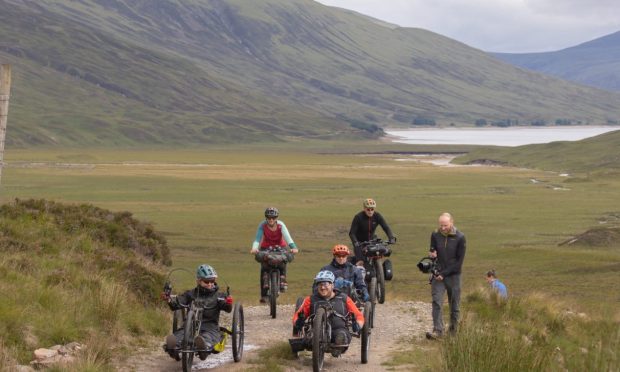
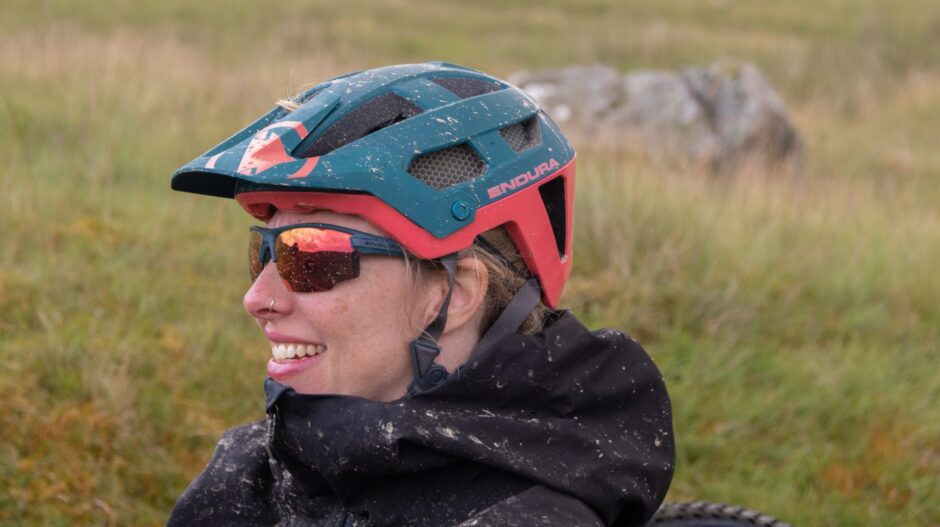
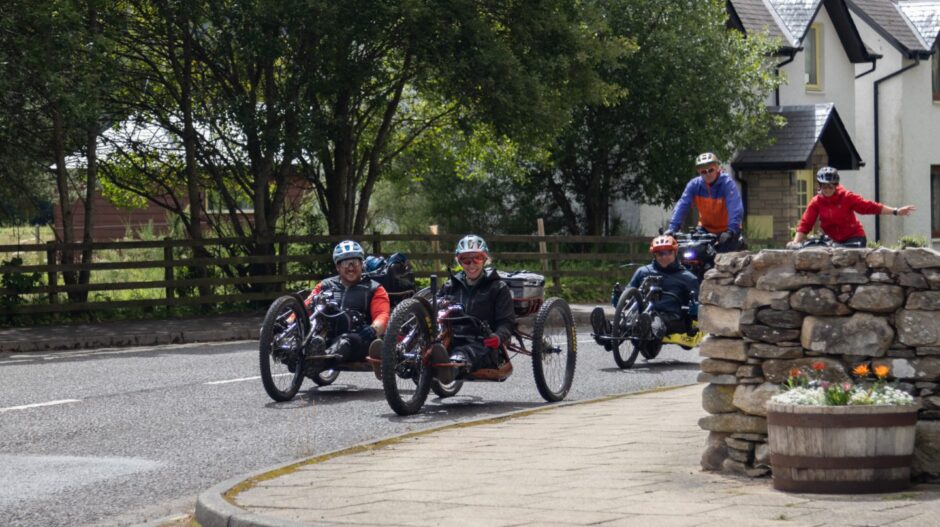
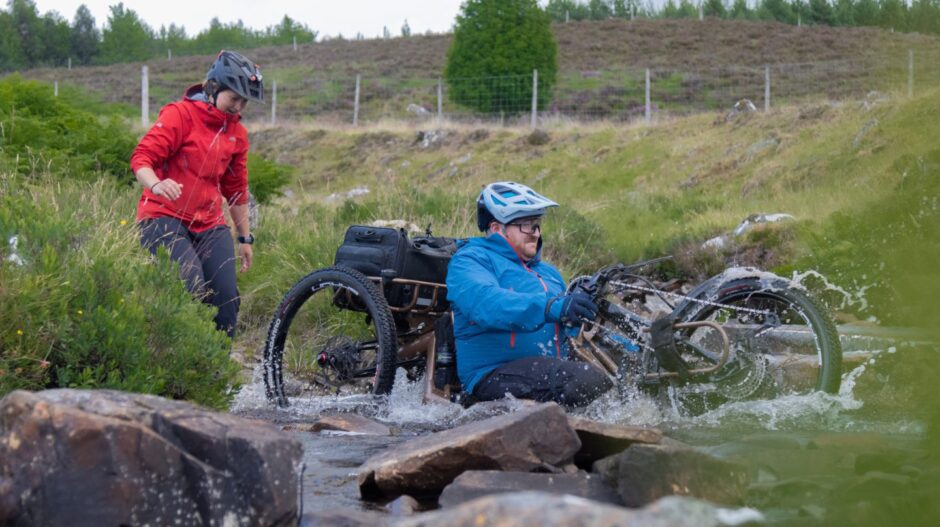
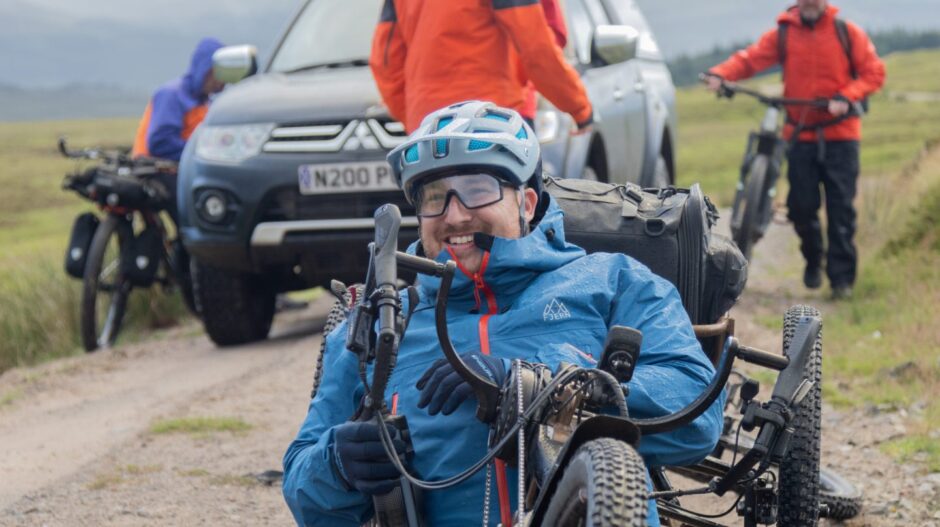
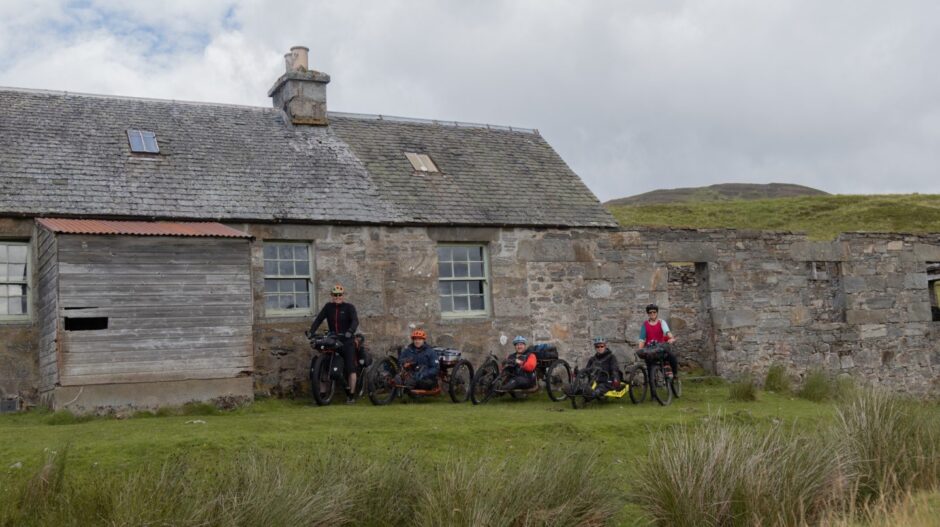
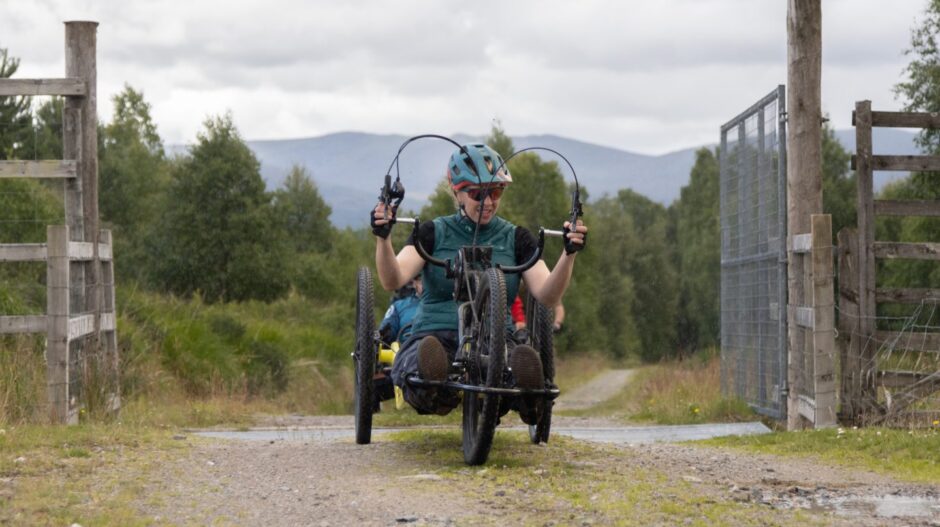
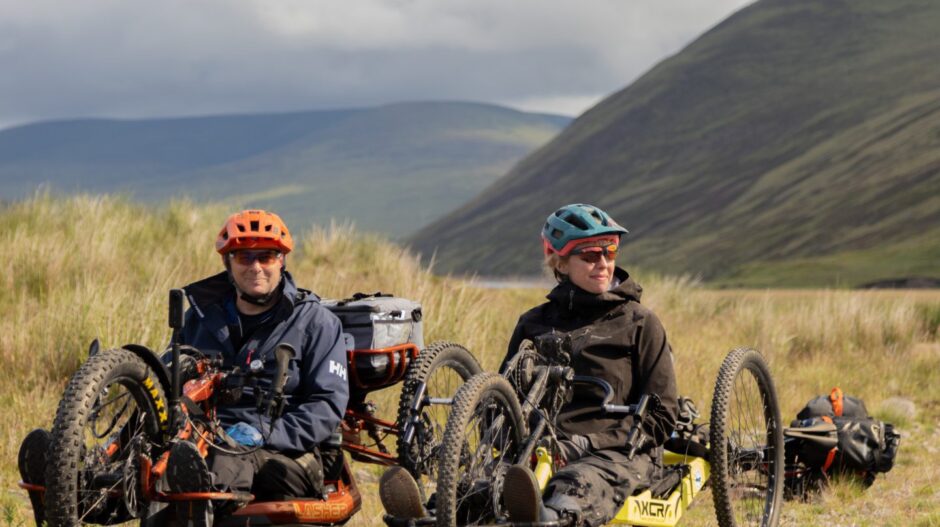
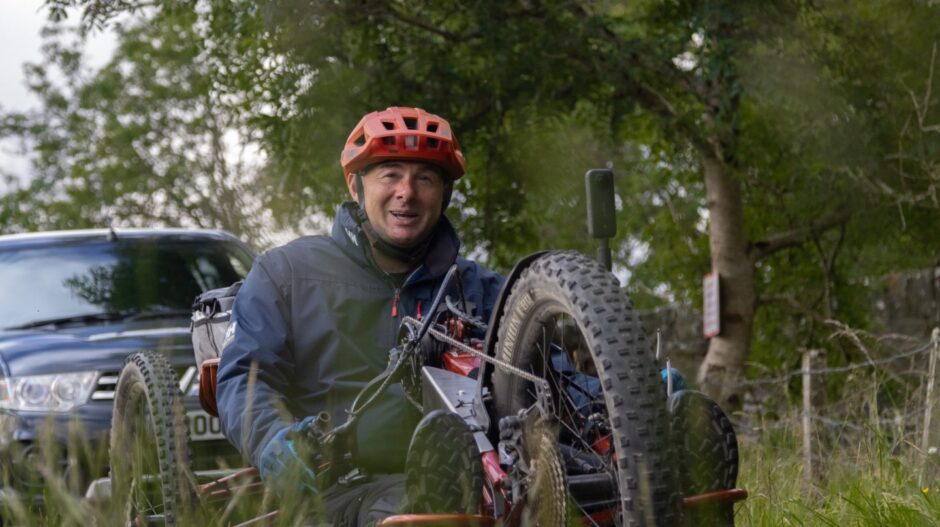
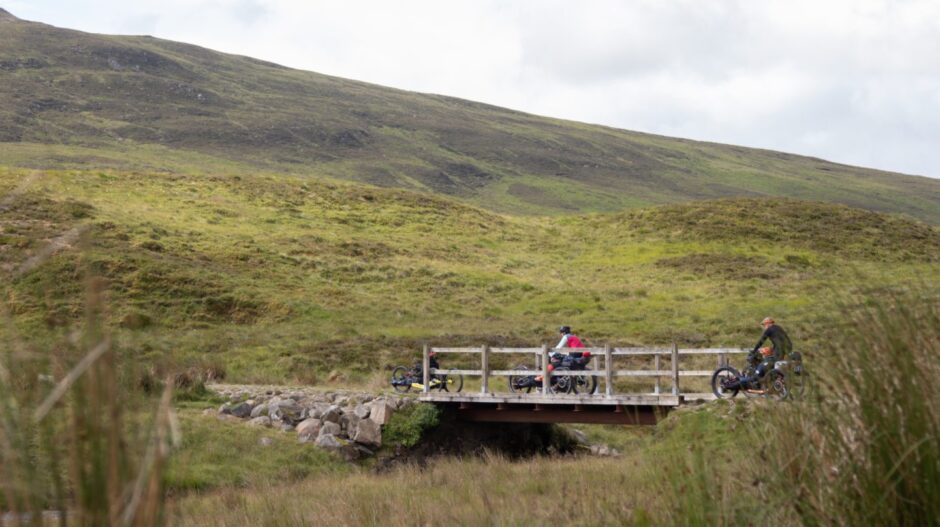
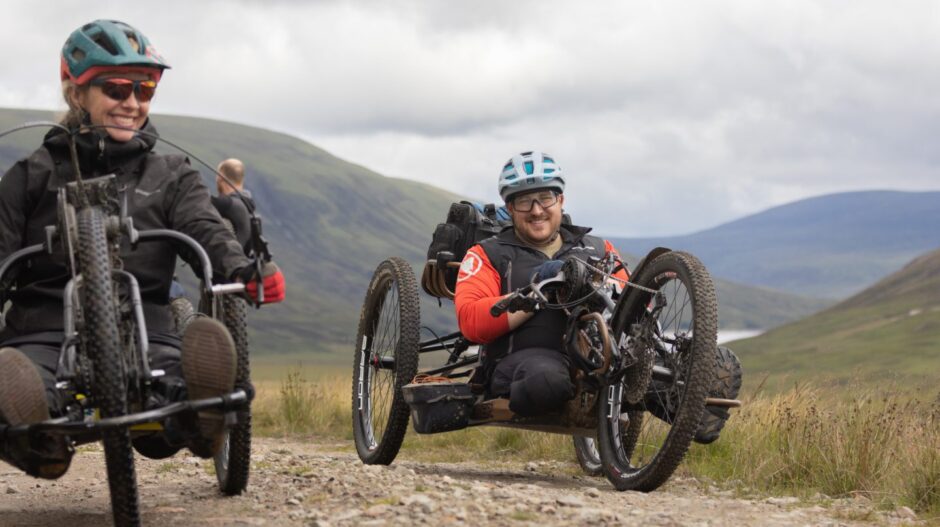
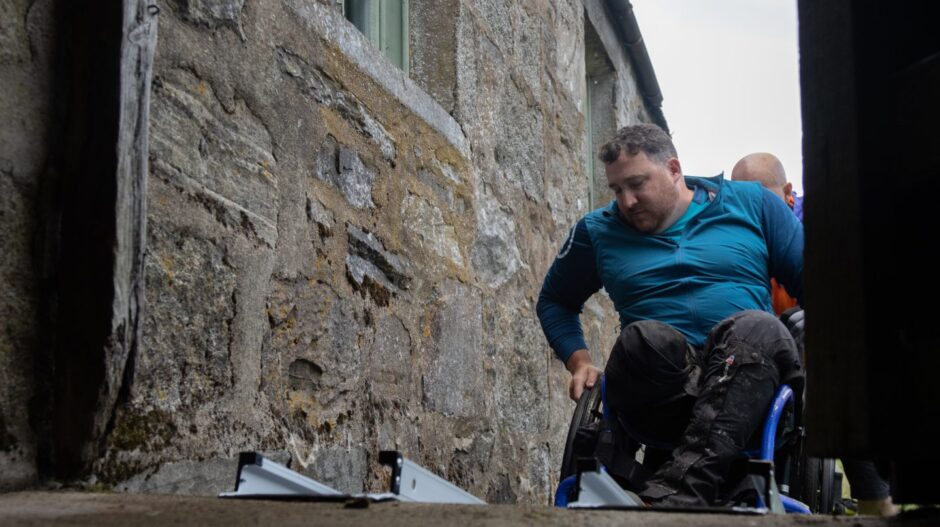
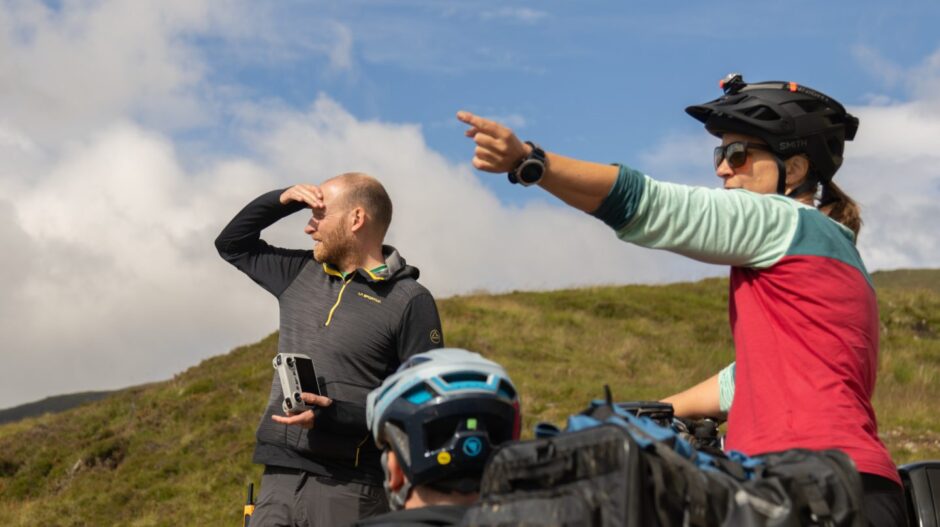
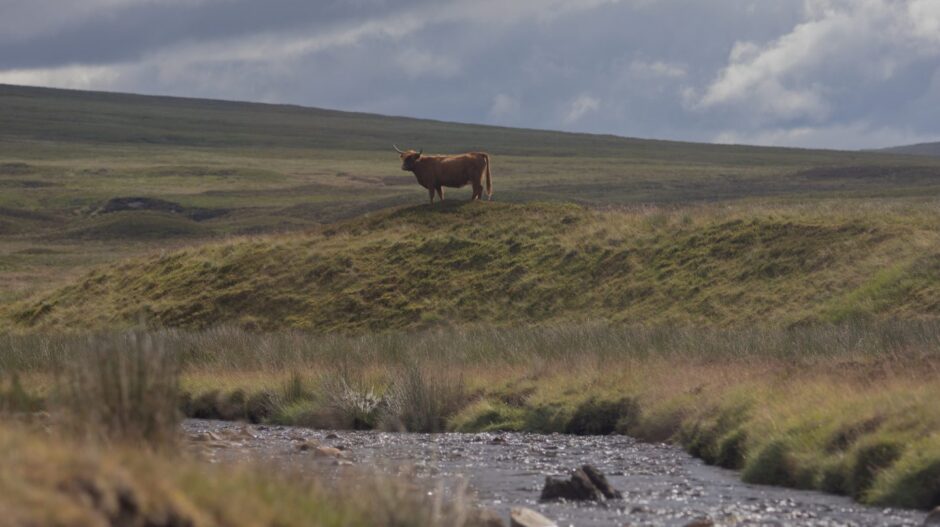
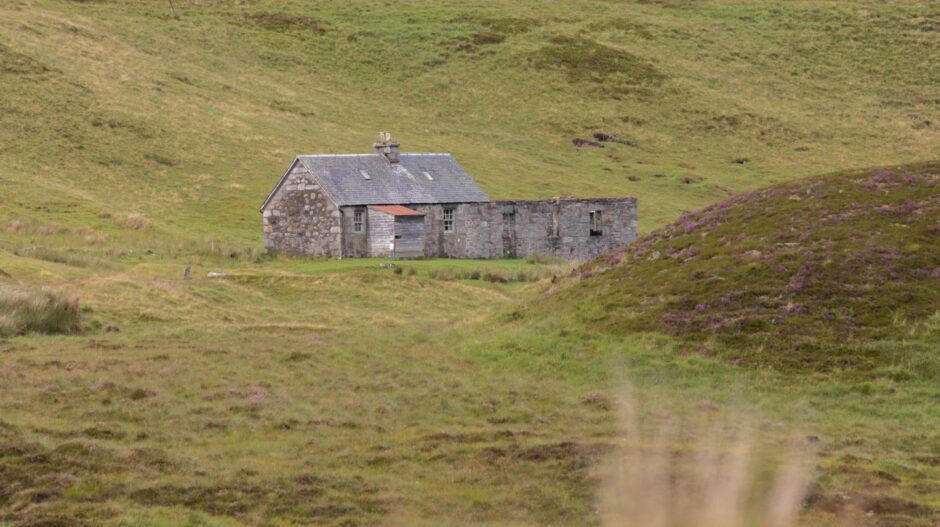
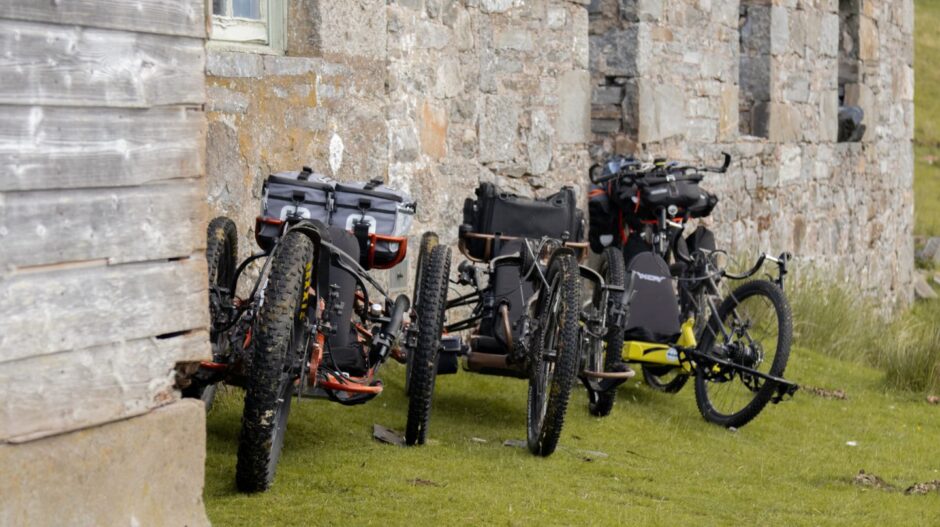










Conversation